Will the Internet end soon?
exhibition @ Ludwig Museum . Budapest
24. January, 2020 – 26. April
Address: Ludwig Museum . Budapest
H-1095 Budapest, Komor Marcell utca 1.
CURATORS
Nathalie Bachand, Kónya Béla Tamás
EXHIBITING ARTISTS
Julien BOILY, BORI Bálint, BEÖTHY Balázs, CSONTÓ Lajos, Romain & Simon de DIESBACH, EIKE, FORGÁCS Péter, GERHES Gábor, KOMORÓCZKY Tamás, Frédérique LALIBERTÉ, NAGY Kriszta, NÉMETH Hajnal, PÁL Zsuzsanna Rebeka, Roman ONDAK, Projet EVA (Etienne GRENIER & Simon LAROCHE), Dominique SIROIS & Baron Lanteigne, Société Réaliste, SUGÁR János, SZARKA Péter, SZEGEDY-MASZÁK Zoltán, Julie TREMBLE, Lukas TRUNIGER & Nicola L. HEIN, VÁRNAI Gyula, VÁRNAGY Tibor, ZICS Brigitta
It all began in May 2015, when an article on lemonde.fr spoke of the possibility of a collapse of the World Wide Web. Although this event is largely hypothetical, several articles have been written on the subject in response to a scientific symposium that the Royal Society of London organized around the Internet Capacity Crunch.
In a context where the network could collapse even before the end of its “adultescence”—in 2023, the Web as we know it will barely be more than 25 years old—we can try to picture the fall of the Web and the after-world that would ensue: Empty server carcasses and a sea of electronic junk? A digital oblivion on all screens? A digital desert to drift in? Machines imitating the Web? A handcrafted Internet? Rumours and testimony about what was the Internet? A desperate search for a disappeared connection?
How will the at once dematerialized and delocalized dynamics of power structures be impacted in both their evident economic and inevitably political manifestations if the network is disconnected? But also, what can still be said or done in the meantime? How does one occupy—or not— what is essentially borrowed time and space, a space-time henceforth to be shared between digital and physical realities.
In the wake of these reflections, the artistic proposals that echo these considerations have here been gathered. Though the exhibition was initially composed of Québec artists, Hungarian artists were subsequently added to it for the occasion ‑ from a call for proposals, as well as from the Ludwig Museum Collection, and of early web-based artworks from the C3 Center for Culture & Communication Foundation archives; in addition to artworks by Swiss artists which were part of The Dead Web exhibition at the last edition of the Mapping Festival. This approach thus provides a particular perspective in which to build and unpack our idea of the Web, and, at the same time, its absence.
The Ludwig Museum’s collection is comprised of more than 700 artworks. Through a call for proposals, curators Nathalie Bachand and Béla Tamás Kónya, have selected 5 artworks by Hungarian artists. Several works from the marvelous Museum’s collection and the C3 Center for Culture & Communication Foundation were also added to the exhibition, thus joining the Québec and Swiss selection.
The first iteration of the The Dead Web – The End exhibition was presented in 2017 at Eastern Bloc (Montreal, Quebec, Canada). In 2019, the exhibition produced by Molior was shown at Mirage Festival (Lyon, France) and Mapping Festival (Geneva, Switzerland).
With this premise as a starting point, the works in the exhibition question our relationship to the Internet and, more broadly, the notion of connection as a point of contact with the world. The exhibition is trying to engage the audience in presenting the post-internet world. The cooperative partner of the Ludwig Museum in the utopian endeavour is the Canadian media art organization Molior.
Exhibition coproduced by Ludwig Museum and Molior.
Supported
by: EMMI, MÜPA, Canada Council for the Arts, the Conseil des arts et
des lettres du Québec, the gouvernement du Québec, ProHelvetia, Conseil
des arts de Montréal, Les offices jeunesse internationaux du Québec,
Goethe-Institut, Samsung
The associate partner of Ludwig Museum is C3 – Center for Culture & Communicatio















































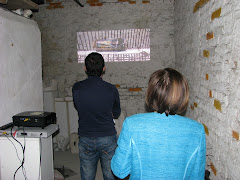














![exi[s]t>15 bulart](https://blogger.googleusercontent.com/img/b/R29vZ2xl/AVvXsEj67mt21mvAFC3VF_3QGzADB-5ZJJLBOlefD6Y8pi5z2e6HTMZztaHCi08vSOJ39mER-PcUmXUyHBnc-dMAq1t6MQe8reeNnIkyGKauFhd88y3NSvcsTLRlB1EdJQrefHryZQxK6-eDTvM/s240/buffet.jpg)
![exi[s]t>15 bulart](https://blogger.googleusercontent.com/img/b/R29vZ2xl/AVvXsEjuEe0w0gLW9nkOXAPGHqtkn89laZeWaQoLwvH2WVTEinKMw5RfqWwzcAkl1Ep27R6j1aYRF4BkiMX_juuZnGDNHyoHRCd65KHsXMg_Z_a3-tLG4OpCSHOlsj5hsPsh_htA6DEegu-Ubic/s240/P8250003.jpg)
![exi[s]t >15 bulart](https://blogger.googleusercontent.com/img/b/R29vZ2xl/AVvXsEg_O-oTzQ29LIVymZGSJUzpJCQYiu6VEztB6VkUPJmKb2VN5bRGpbURyj3-2M3Zz5JGtRjgwY_tr4qC-K21d5pKAzHZn9gYhbw2Vk7CPxb5unRin_828kpxYnzJbDa2Gkx6U1PFw2q1NDI/s150/P8250077.jpg)





















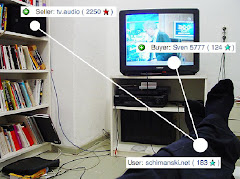














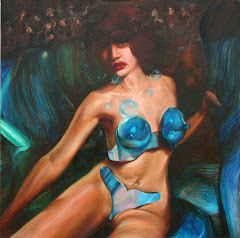





















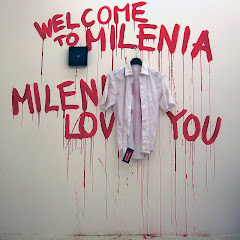

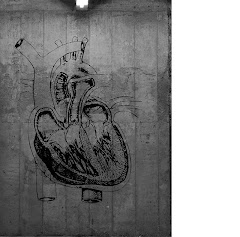







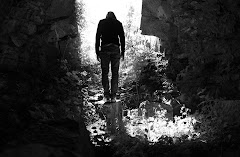



No comments:
Post a Comment